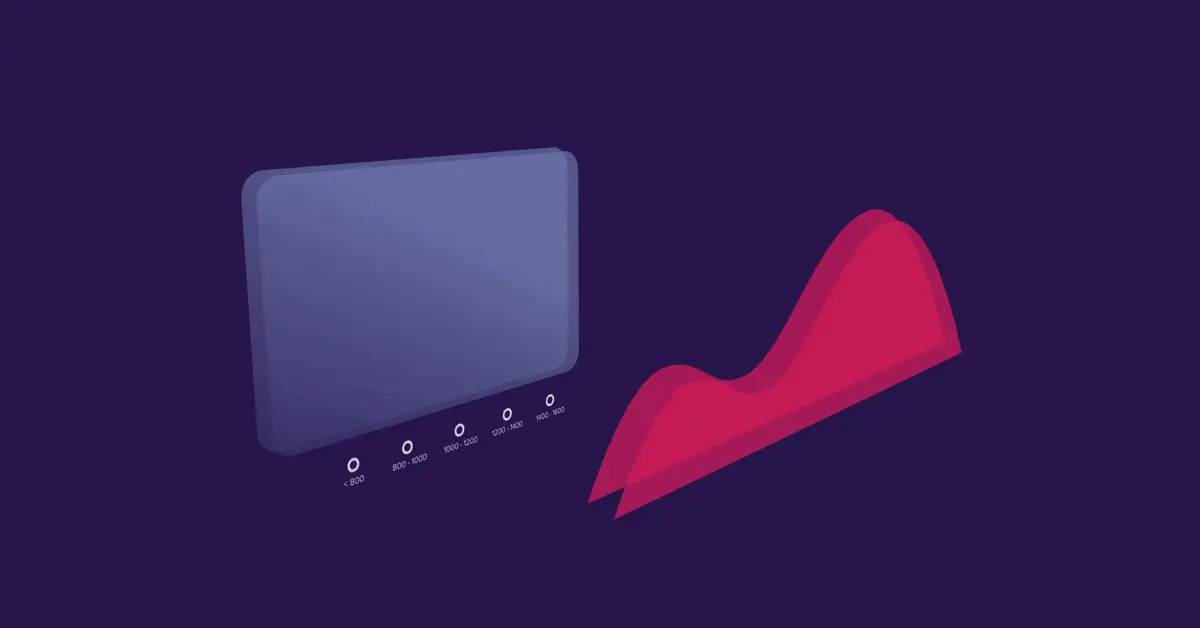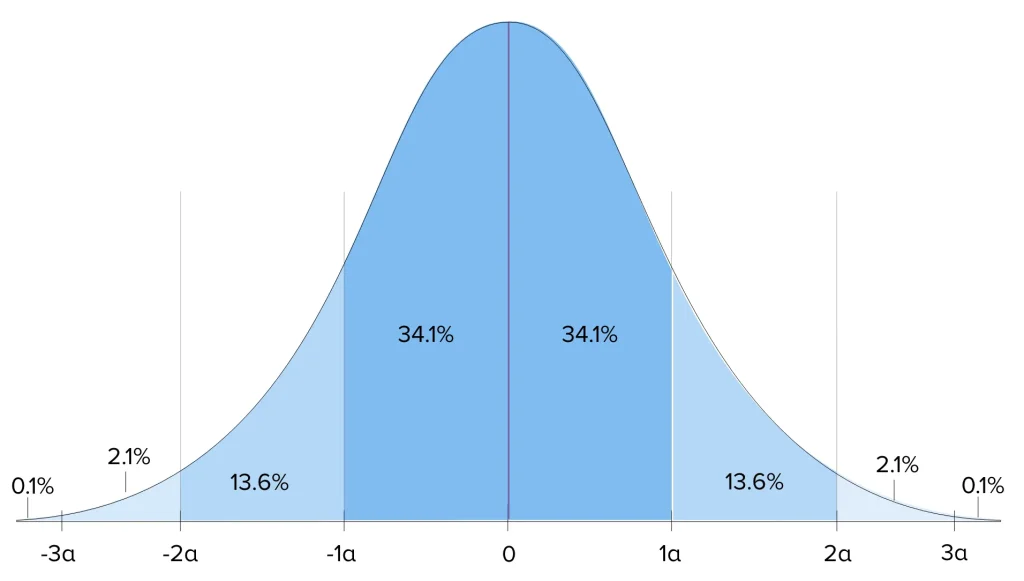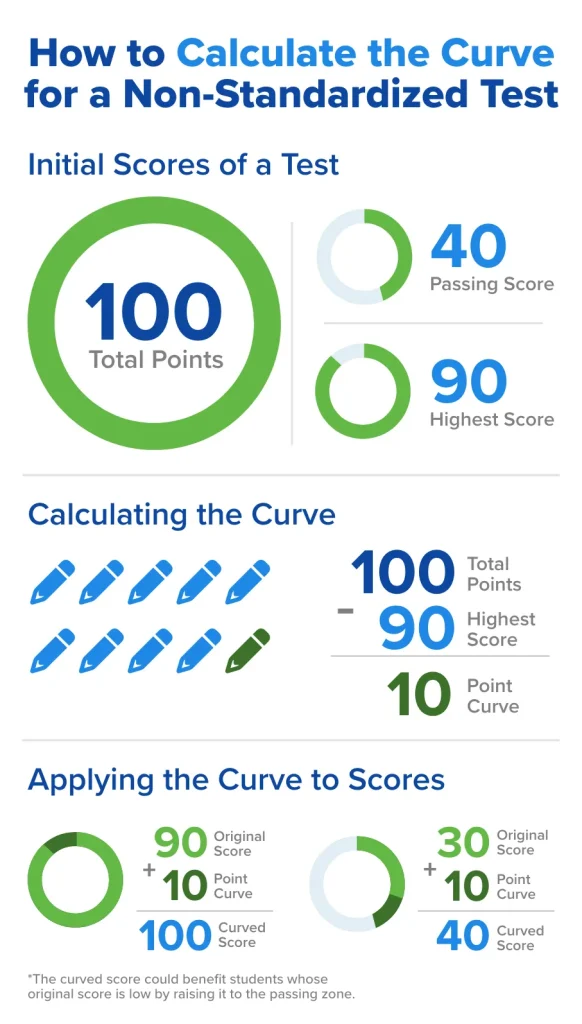Is the SAT Graded on a Curve?
If you have ever asked, “Is there a curve on the SAT®?”, the straightforward answer is no. The SAT does not adjust scores based on the performance of other test takers. Instead, the test uses a method called equating that keeps scoring consistent from one version of the exam to another. So when students talk about a SAT curve, they are usually referring to this process, not a true classroom curve. Your final score comes from your own performance, not from comparison to others.
Why Isn’t the SAT Curved?
Curving is a grading method where scores are adjusted based on how a group performs on the same test. In a curved system, your score may change depending on whether the group did better or worse overall. This approach often limits how many students can earn top grades, which is why teachers sometimes use it for classroom exams to track performance within a single group of students. Non standardized tests, like the ones you take in school, may be curved, but this method does not apply to the SAT.
The SAT is not curved because it is a standardized test taken by students across different test dates and locations. Instead of curving scores, the College Board® uses equating to make sure that scores remain consistent and fair across different versions of the test. This ensures that a student taking a slightly harder test is not at an unfair disadvantage compared to someone who took an easier test.
A common misconception is that because SAT score patterns sometimes resemble a bell shaped distribution, the test must be curved. Score distribution and curved scoring are not the same thing. Sometimes the SAT may feel like it is curved because difficulty affects how raw scores convert to scaled scores. For example, if a test form is more challenging, a few missed questions might have less impact on your final score.
The chart above illustrates how curving ensures that a certain number of students in a class get higher grades, like A's and B's, while fewer students get lower grades, like D's and F's. Teachers typically use curving when a test turns out to be more difficult than anticipated so that a large number of students don't fail.
To better understand this, consider an example. If the highest score in a class is 90 out of 100 and the teacher wants to curve the test, they might add 10 points to make that score a perfect 100. Every student’s score would increase by the same amount. This means a student who originally scored 30 could receive a curved score of 40 and pass if the passing mark is 40. The size of the curve depends on the gap between the highest score and full marks.
Since your score depends solely on how well you understand and apply concepts, many students use structured prep resources such as UWorld’s SAT course to build confidence and improve performance over time.
Why Students Think the SAT Is Curved
Many students assume the SAT is curved because of how scores are distributed and how scaled scores are assigned. When you see most students scoring in the middle and only a few scoring very high or low, it may seem like your score depends on how others perform. In reality, the SAT is scored through equating, which adjusts for test difficulty rather than student performance. Despite this, certain experiences during the test can make it seem like a curve exists.
Where the SAT curve myth comes from
The myth that the SAT is curved likely arises from a combination of factors:
- Bell-shaped score distribution: When plotted, SAT scores often resemble a bell curve. Students mistakenly believe this pattern means scores are curved against peers. In reality, the shape only shows how scores spread across a large population.
- Scaled score conversion: Raw scores are converted to scaled scores through equating. Harder test forms may require fewer correct answers for a high scaled score. This can create the impression that missing questions have less impact on some tests, giving a “curved” feel.
- Classroom experience influence: Many students are familiar with curving from school tests, where scores rise or fall based on class performance. They may incorrectly assume standardized tests like the SAT operate the same way.
- High stakes anxiety: On test day, small differences in raw score can feel significant. Students may interpret these differences as the effect of a curve, even though scoring is independent of other test takers.
What Actually Happens Instead: SAT Equating
The SAT does not use a curve to adjust scores. Instead, the scoring system relies on equating, which is a statistical process used to make sure scores are comparable across different test dates and forms. Equating ensures that a score earned today represents the same skill level as a matching score earned months earlier. This method keeps scoring consistent and eliminates the need for a traditional SAT curve or a competitive scoring model.
Definition of SAT equating
Equating is a scoring method that converts your raw score, which is simply the number of correct answers, into a scaled score. During this conversion, small adjustments are made based on the difficulty level of the test form. If one test form is slightly harder or easier than another, equating makes sure the final scaled scores still reflect the same level of performance.
Why equating is fair
Equating is designed to make the SAT scoring system reliable and fair for every test taker. It supports fairness in the following ways:
- Scores stay comparable across testing dates, locations and formats.
- Students are never penalized because their test form happened to be more difficult.
- Colleges can confidently compare SAT scores from different testing windows because each scaled score represents the same skill level.
If you’re not sure where to begin building test skills, UWorld’s SAT Study Guide offers comprehensive coverage of key concepts, question types, and skills, helping you build a strong foundation as you prepare.
What Is a SAT Bell Curve?
An SAT bell curve refers to the natural score distribution that appears when thousands of students take the test. In many large groups, most students score somewhere in the middle range, fewer score very high and fewer score very low. When plotted on a graph, this pattern creates a bell-shaped curve.
It is important to understand that this bell curve describes how scores spread out across the test-taking population. It does not mean that scores are curved or adjusted based on how other students perform. The SAT scoring system does not limit how many high or low scores can exist. Instead, the bell shape simply reflects typical performance patterns, not a scoring rule or system.
Equating vs a bell curve
Some students hear the term SAT score curve or curve SAT and assume the test is curved like classroom exams. Equating is not the same as a bell curve because student scores are not compared against each other. A bell curve limits how many high or low scores can exist in a group. Equating does not restrict how many students can earn high scores. Every student has the same scoring opportunity based solely on individual performance.
How the SAT Score Is Calculated Today
SAT scoring starts with your raw score, which is simply the total number of questions you answer correctly. Since there is no penalty for incorrect answers, guessing is allowed and often encouraged when you are unsure. After the raw score is determined, it is converted into a scaled score through equating. This step ensures scores stay consistent across different testing dates and forms without using a traditional SAT score curve.
The SAT has two main sections: Math, and Reading and Writing. Each section is scored on a scale of 200 to 800, and the two section scores are added together to create your total score out of 1600. In addition to these main scores, students also receive percentiles, which provide more detail about performance strengths.
To improve that raw score, consistent practice is key. UWorld’s SAT QBank provides realistic questions and detailed explanations so you can learn from mistakes and strengthen weak areas before test day.
What This Means for Your Prep (Actionable Takeaways)
Since the SAT is not curved, your score depends entirely on your own performance rather than on how other students do. Understanding this can help you focus on strategies that directly improve your results. Keep the test standard in mind and prioritize accuracy and skill mastery over any expectation of a curve.
- You are competing against the test, not other students: Your performance is measured against the SAT standard, not your peers. This means your goal should be to answer questions correctly and efficiently, rather than worrying about how others perform on the same test.
- Strong early performance opens access to higher-scoring questions: Performing well on the initial questions in each section allows you to reach the more challenging problems. These harder questions often carry more weight in your scaled score, raising your potential ceiling.
- Focus on accuracy and mastery of concepts rather than relying on a curve: Since there is no SAT curve that boosts scores, guessing that you can “catch up” or rely on curved adjustments is not effective. Prioritize understanding concepts and answering carefully to maximize your raw score.
- Harder question sets do not lower your score thanks to equating: Even if your test form feels more difficult than others, the equating process ensures fairness. Missing a few extra questions on a harder form does not automatically reduce your final score.






